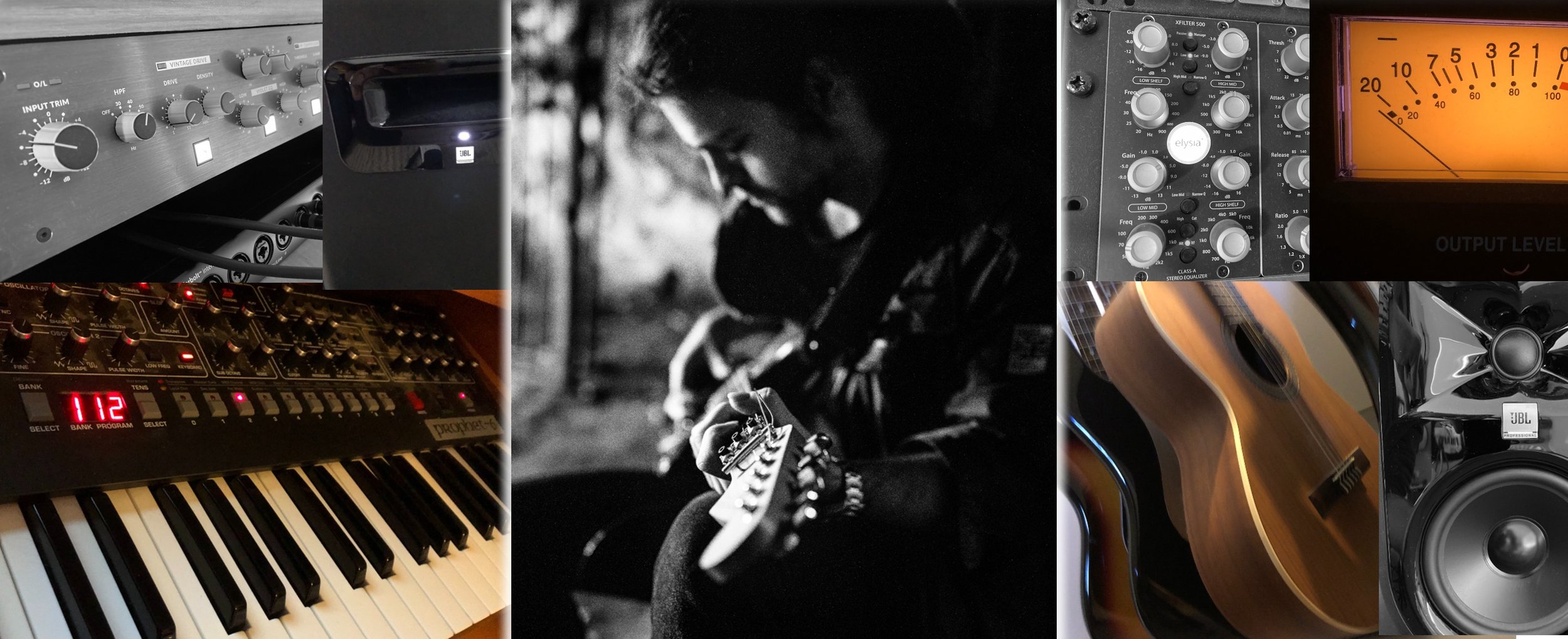
Why Mixing And Mastering Matters
(And How I Can Help)
What do I do?
-
Per Hour Studio Recording €25
Per Hour Mixing/Mastering up to 3 hours: €25 (€20 per extra hour)
-
I will aim to have your project mixed and/or mastered within 1 or 2 weeks of recording. Extra revisions may add time to this. However, I will let you know if any schedule changes are required.
-
I will invoice and accept payment for services via Bank Transfer or Tikkie Zakelijk
Mixing is much more than just adjusting the volume of different instruments and sounds. There is a wealth of effort and knowledge that goes into the process, which includes a variety of decisions and tasks in order to get each element consistently sounding good with the rest of the track, and not getting in the way of other parts.
Think of your song as a landscape in your mind. Your recording is a set of puzzle pieces and the mix is putting these pieces together to create a picture of your landscape, but the pieces don’t fit right out of the box. You cannot piece together a puzzle until all the pieces are in the right shape and in the right place to fit together.
This is where mixing comes in (what I do). I currently hold a 1st-class-honours degree in Creative Music Production from IADT (Dun Laoghaire Institute of Art, Design and Technology).
I can listen to the elements of your recording, where they are clashing with each other or masking each other, and where they are complimenting each other, where the good stuff is. Using a wealth of carefully collected software and hardware, I can perform tasks such as Frequency Equalisation/Filtering, compression, expansion, transient shaping, harmonic saturation, effects such as modulation, reverb and countless more optimisations to make the pieces fit together sounding natural, professional, pleasant and properly balanced.
Mastering is the final step to prepare your recording for release. It is a technical and precise art which puts the finishing touches on your beautiful landscape image and gets it fit for the gallery (or in this case, Spotify, Vinyl Records, CDs, etc.)
Music Platforms and mediums, like Galleries have standards they like to be met by the art they contain, in this case on a technical level.
In the same way a gallery wouldn’t want a single painting to be too small to be noticed, or conversely, so big that it jumps out and dwarfs other paintings, platforms like Spotify expect music to have a certain maximum (True Peak) and average volume, according to LUFS standards.
When it comes to vinyl, there are even more things to consider such as the stereo image of the lower frequencies or extra distortion due to sibilance.
This is an oversimplification of course, but gives an idea of why these processes are not only important, but essential, for professional/commercial music.